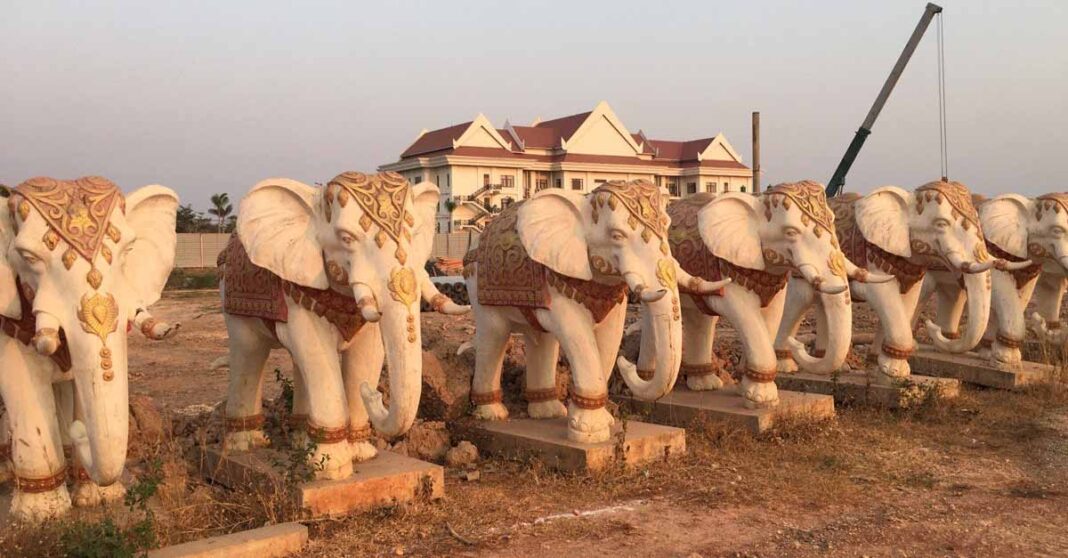The Asian Development Bank (ADB) has lowered its economic growth prediction for developing Asia – including Laos – to 4.6% this year, down from 5.2% predicted in April.
According to ADB, the weaker growth forecast is due to slower expansion in the People’s Republic of China (PRC), more aggressive monetary tightening in advanced economies, and the effects of Russia’s ongoing invasion of Ukraine.
The outlook compares with a projection of 5.2% issued by ADB in April. The bank also raised its forecast for inflation in the region, amid higher prices for food and fuel.
Developing Asia and the Pacific are continuing their recovery from the Covid-19 pandemic, according to ADB’s Asian Development Outlook (ADO) 2022 Supplement, released yesterday.
Many countries are easing mobility restrictions, which is strengthening economic activity. However, growth has slowed in the PRC, the region’s largest economy, due to disruption from new Covid-19 lockdowns, as well as weaker global demand.

“The economic impact of the pandemic has declined across most of Asia, but we’re far from a full and sustainable recovery,” said ADB Chief Economist Albert Park.
“On top of the slowdown in the PRC, fallout from the war in Ukraine has added to inflationary pressure that’s causing central banks around the world to raise interest rates, acting as a brake on growth. It’s crucial to address all these global uncertainties, which continue to pose risks to the region’s recovery.”
The PRC’s economy is poised to expand 4.0% this year, compared with an earlier forecast of 5.0%. ADB also lowered its growth outlook for India to 7.2% from 7.5% amid higher-than-expected inflation and monetary tightening.
Inflation in developing Asia and the Pacific is predicted to accelerate to 4.2% this year, compared with a previous forecast of 3.7%. However, inflation pressure in the region as a whole is still lower than elsewhere in the world.
For 2023, ADB lowered its economic growth projection for the region to 5.2% from 5.3%, while raising the inflation forecast to 3.5% from 3.1%.
Growth forecasts for some subregions were upgraded.
The outlook for Southeast Asia was raised to 5.0% this year from 4.9% amid increased domestic demand due to more relaxed Covid-19 restrictions. The forecast for the Caucasus and Central Asia was raised to 3.8% from 3.6% as some economies in the subregion have withstood the economic fallout from Russia’s invasion of Ukraine better than expected. In the Pacific, rebounding tourism in Fiji helped the subregion’s growth outlook improve to 4.7% from 3.9%.
ADB is committed to achieving a prosperous, inclusive, resilient, and sustainable Asia and the Pacific, while sustaining its efforts to eradicate extreme poverty.
Established in 1966, it is owned by 68 members—49 from the region.



